Company: Uber
CEO : Dara Khosrowshahi
Year founded : 2009
Headquarter : San Francisco, California, USA
Number of Employees (Nov 2020): 26,900
Public or Private: Public
Annual Revenue (2020): $14.1 Billion
Profit |Net income (2020): $-8.5 Billion
Products & Services: Uber X | Uber XL | Uber Select | Uber POOL | Express POOL | Uber Black | Uber Plus
Competitors: Lyft | Curb | DidiChuxing | Ola Cabs | Local Taxis

Founded in 2009 in San Francisco, Uber began its inception as a transportation company that hired experienced and licensed drivers to provide its services. Over time the company began to grow dramatically and evolve owing to its ride-sharing app and adaptation of the current trending advertisement procedures. Business has been booming since although a number of controversies have dogged its brand.
The idea that it would connect with its passengers and potential customers through a mobile application has been attributed for it standing out from its competitors much to their chagrin. The experienced drivers are thoroughly vetted and are given the opportunity to drive their passengers in luxury rides in cars like Mercedes-Benz, BMW 7 Series or even Escalades.
All passengers have to do is to use their Uber app, and they are good to go. They can also track down the location of the vehicle as it makes its way to their destination. Although it has invited protests from the more public transportation organizations and taxi drivers, Uber has truly changed the global transportation system as we know it.
Business Model Canvas of Uber
1. Customers of Uber
Uber benefits from segmenting both its customers and riders.
-
Passengers– With passengers, it is mostly directed by the usage of UberPOOL, UberX, UberBLACK, and UberSUV.
-
Drivers– With drivers or often known as their partners, they are segmented by their locations, get to use their own cars and can either be full time or part time depending on their preferences.
-
Retailers – Major retailers like Walmart and Organic Garage use apps and services of on-demand delivery companies acquired by Uber, such as Cornershop and Postmates. [1]
2. Customer Relationships of Uber
Uber’s customer relationship is comprised of four elements. The driver, customer, regulators and the general public.
-
Customer – The customer is the critical component in all of this. Without their approval, the company’s credibility is shot, and they cannot maintain its sustainability.
-
Drivers – The same is the case with their drivers whose wages and management is authored strictly by the company.
-
General Public – Uber is geared to portray a positive image to the public in terms of services, campaigns, and contributions.
-
Regulators – For regulators, Uber offers compliance, accountability, and transparency through its review and rating system.
3. Key Partners of Uber
The key partners of Uber comprise of its drivers, lobbyists, and investors that help them become an official company.
-
Drivers– The drivers form a unique partnership with Uber in the sense that they are the ones who acquire Uber’s customers and deliver them their value proposition. Its drivers are independent contractors, not employees, and operate like semi-owners since they control the way Uber works. [2]
-
Lobbyists – Lobbyists ensure that their interests are advocated for in the political or entertainment spheres. Uber’s lobbyists were effective in convincing millions of voters in California to overturn AB5, which a law that required the company to recognize its drivers as employees. The company spent over $200 million on lobbyists and the campaign leading victory on the ballot, with 58% of voters overturning AB5 in support of Prop 22 that allows Uber to classify drivers as independent contractors. [3]
-
Investors – Investors make it their business to spend their profit on Uber which benefits its business dramatically.
-
Other Partners – These are mostly technology providers which include maps, insurance provider, payments, and analytics. In October 2020, Uber and SK Telecom announced a new partnership to expand its ride-hailing services in the South Korean market and explore future mobility services. Uber will invest more than $150 million in the joint venture with the telecom giant. [4]
4. Key Activities of Uber

The key activities of Uber are mainly related to utilizing their advantages while minimizing their disadvantages.
They work on enhancing their positive network effects while decreasing the negative ones in order to gain a competitive advantage.
- Platform (app) development and enhancement
The other activities deal with improving engagement with the network (driver, riders) and removing any friction that pertains to them. For example:
- Marketing
- Sales promotions to acquire new customers
- Communication with the driver, customers, and partners
- Customer support
Hiring drivers and handling their insurance and payouts through secure medium remains a top priority for Uber.
Their other activities include improvements in their value proposals as well as analyzing data to rectify any shortcomings. Uber also oversees the safety of its drivers and customers. In May 2020, the company partnered with Unilever International to provide hygiene kits for drivers and couriers in the UK. The partnership is expected to expand to other countries in Europe, the Middle East, and Africa. [5]
Introduce new services – Uber has been working to deliver its flying taxis under Uber Elevate that promises to revolutionize urban air mobility. To make this dream a reality, Uber has partnered with renowned aeronautics companies, designers, manufacturers, infrastructure providers, and regulators to begin testing its eVTOL vehicles in 2020 and start offering services by 2023. It has already launched the eVTOL simulator in collaboration with Embraer X. [6]
5. Key Resources of Uber
-
Some of Uber’s key resources include its network (Drivers & riders).
-
Their Platform (apps) for both the rider and driver has been an integral resource.
-
Uber’s focus on improving its algorithms and data analysis. Their analysis is also directed towards the growth of their network. In 2020, Uber expanded its Uber Elevate ecosystem by adding sensor and data processing company Hidden Level to its platform. The non-exclusive partnership allows Uber to access data collected by Hidden Level’s custom-built sensors around different cities to advance the development of safe and reliable airspace operations for its Elevate Cloud Services. [7]
-
Maintaining its brand image.
6. Value Proposition of Uber
Uber’s platform is utilized by both the passengers and drivers; hence it has a value proposition for both sides.
-
For the drivers, the value proposition is their ease in getting started, opportunity to earn, ease in accessing more passengers as well as having the freedom to choose their hours for work. Although drivers work as independent contractors, 58% of Californians voted on November 3 to ensure they receive guaranteed minimum wage and subsidies for health insurance. [8]
-
For riders, it offers safety and security, the chance to avail services with lower prices than the normal taxi service, it is much more convenient with easier transactions.
-
Uber’s app gives you the opportunity to get an insight as to the fare and duration of the ride.
-
The Uber rating system that allows for feedback has also been credited.
7. Cost structure of Uber
-
For Uber, the biggest cost element is the Customer Acquisition Costs (CAC), which includes sales, marketing & promotion cost- it was a weapon of choice when battling with China’s Didi and became its biggest market.
- Its other cost elements include:
- Legal and settlement costs
- Insurance costs
- Research and development
- Lobbying & compliance
- Platform maintenance
- Infrastructure cost
- Customer support, and more.
8. Channel of Uber
-
Uber largely depends upon word of mouth and social media to channel its brand and traffic.
-
Some of their channelings are also utilized through voucher, digital ads, paid ads as well as public media coverage which is being used to rectify their flawed image.
-
Uber has invested much of their wealth on public relations since their public backlash.
9. Revenue Stream of Uber
-
Uber’s revenue model depends entirely on its transaction fees – booking fees and commission on the ride.
-
It applies a similar stance on its avoidance of license fees and employee entitlement costs.
- Fees on fuel, toll, safe driver’s fees, insurance, etc. are also part of its revenue.
According to the Wall Street Journal, this is how the Breakdown of Uber revenue (Q2 2018) looks like:
How does Uber make money?
1. Uber Ride
Uber’s consumers utilize its app to access cabs for a variety of reasons. Some of which normally include them not owning a car or choosing not to use one.
-
The booking process involves the choice of the driver as well.
-
If he receives a message at the nearest possible location from the app, he can reject the request.
- The message will pass on to another driver instantly.
-
Should the driver accept the request, he will receive information regarding the location and the customer in question who has booked the ride.
-
Once the driver picks up the customer and transports him to his destination, he will have to click on the “End Trip” flashing on his device.
-
This is when the customer is charged for the trip fare through his credit card/ account.
His trip fare will incorporate:
-
Booking fees – it’s about $1-3 based on location in the United States.
-
Distance per mile fare – Customers are charged after a fare distance in Local Currency per mile of travel. The charges tend to vary depending upon the type of cab and location.
- Travel time fare – Customers are charged after free X minutes in Local Currency per mile of travel. The charges tend to vary depending upon the type of cab and location.
-
Taxes will be in accordance with location.
-
Wait Time fare – If you make the driver wait for an additional period of time, additional charges will be applied.
-
Appetite Fee – This is a fee that Uber has recently begun charging its customers. This mostly depends upon the previous data Uber has of the customer.
Uber deducts the amount charged to the customer and moves on to deduct its percentage commission, income tax and pays the remaining to the driver’s bank account.
Drivers make about 75 % of the total ride fare, and Uber’s commission is about 25 %. However, the effective Uber’s commission can go as high as 45 – 55% if it’s a short distance ride due to booking fees and minimum fare charges.
Types of cars used by Uber
The type of car chosen can significantly affect the per mile and waiting time charge. The usage of the type of cars that Uber uses tends to vary by country. It could be an SUV, Sedan or a Compact Car.
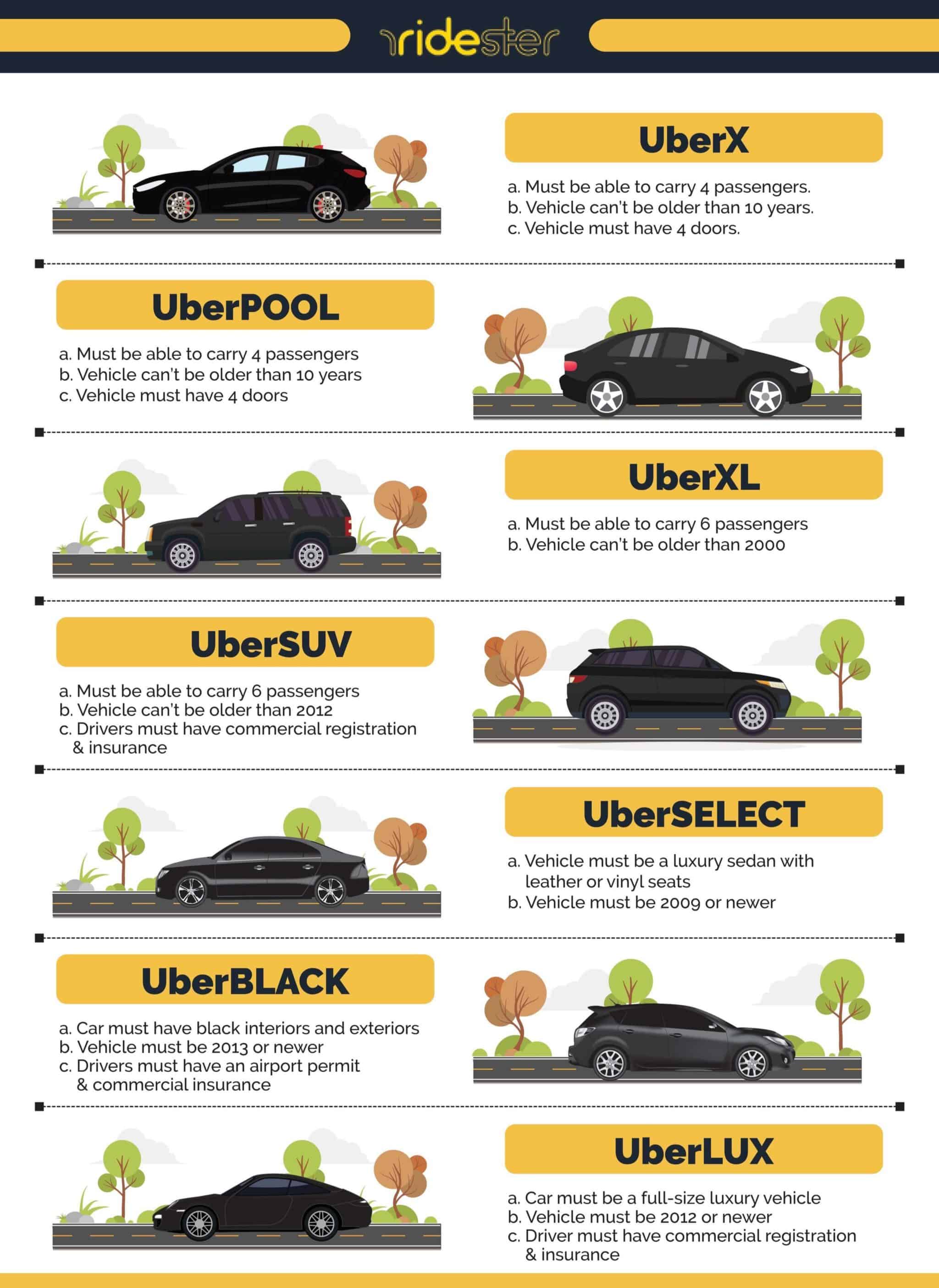
Uber Vehicle Types – An infographic by the team at Ridester
Apart from its well-known Uber Ride Share Service, Uber has begun to offer a myriad of services to its customers in order to evolve within the changing marketplace and attract newer demographics.
Some of the more prominent ones are:
2. Uber Eats – Food Delivery Service
Uber has become the parent company of its Uber Eats branch and now provides consumers with the opportunity to order from their favorite restaurants online.
Uber’s delivery partners will deliver the food to the customer’s doorstep. These delivery partners utilize their app to deliver their order as fast as possible with impeccable quality.
This has proven to be beneficial to restaurants as well. They can raise their profiles and become more visible in their online platform.
How Does Uber Eats Make Money?
UberEats is comprised of 3 revenue sources:
- Advertising income with Restaurant Partners.
- Customer Delivery Fee.
- Shares in Revenue with Restaurant Partners.
Customers have to pay a flat booking fee regardless of their order size when they order from Uber Eats. The fees may vary according to location. For example, its $5 in the United States. There may be price surging involved especially in Lunch or Dinner time hours.
Uber Eats has increased its delivery-as-a-service revenue through acquisitions. It recently acquired Postmates for $2.65, which had 8% of the U.S. food delivery market as of May 2020. It increases Uber Eats’ market share from 22% to 30% and becomes the second-biggest player in the sector, ahead of GrubHub with 23% and behind DoorDash with 45%. [9]
3. Uber for Business
It’s a ride-sharing service aimed at business customers. Businesses can manage rides, send multiple rides and book rides even 30 days in advance for their clients or employees.
4. Uber Health
Uber has partnered with different healthcare organizations. It did so to provide patients with different ride scheduling options. Professionals in the Healthcare industry can now book rides for their patients and give them access to their required care.
5. Uber freight
Uber Freight is a business-oriented transportation service app. It provides its customers with a convenient way to handle their transportation goods.
It is a free app that allows shippers to use a button and book whatever goods they want to ship. Its mechanism is built to give an insight as to the trip activities along with his upfront cost and other expenses.
6. Delivery-as-a-Service
In the recent past, Uber has expanded its delivery-as-a-service ecosystem to include groceries from major retailers. It recently acquired Cornershop, an on-demand grocery app, to provide delivery services to retailers. Under Uber’s portfolio, Cornershop has partnered with major retailers in the US and Canada, including Walmart and Organic Garage, to deliver their groceries to customers. [10]
In Conclusion
This picket friendly company has contributed to society remarkably. It costs lower than a city cab or personal driver and is easily accessible to the general public. All in all, it has made life easier for many in the working class.
That being said there is room for improvement especially in terms of communication where the company is still trying to recreate its image that has been affected by the controversies it has been immersed in.
Of course, it is not the only mobile app transportation service available. Lyft is giving it a run for its money. That said, it is a more recognizable entity for its customers who prefer it over anything else.
References & more information
- Organic Garage (2020, January 29). Organic Garage Enters Into an Agreement With Uber Affiliate Cornershop. BUSINESS WIRE
- Bellon, T. (2020, Nov 4). Californians pass a proposition to let Uber treat drivers as contractors: projection. Reuters
- Hawkins, J. (2020, Nov 4). Uber and Lyft had an edge in the Prop 22 fight: Their apps. The Verge
- Lee, J. (2020, Oct 16). Uber joins forces with SK Telecom to crack the tough South Korean market. Reuters
- Unilever (2020, May 14). Uber–Unilever’s partnership drives confidence as lockdowns start to ease. Unilever
- Goldstein, M. (2020, Aug 5). Despite Pandemic, EmbraerX Speeds Development Of Flying Cars. Forbes
- Garrett, G. B. (2020, July 22). Uber Elevate Adds Hidden Level as Sensor, Airspace Awareness Partner. Aviation Today
- AP (2020, Nov 4). Uber, Lyft win big-bucks battle in California vote on how to classify drivers. CBS
- Sawers, P. (2020, July 6). Uber confirms a $2.7 billion Postmates acquisition. Venture Beat
- PYMNTS. (2020, Jan 30). Uber Pushes Partnerships In Pursuit Of Profits. PYMNTS
Tell us what you think? Did you find this article interesting? Share your thoughts and experiences in the comments section below.


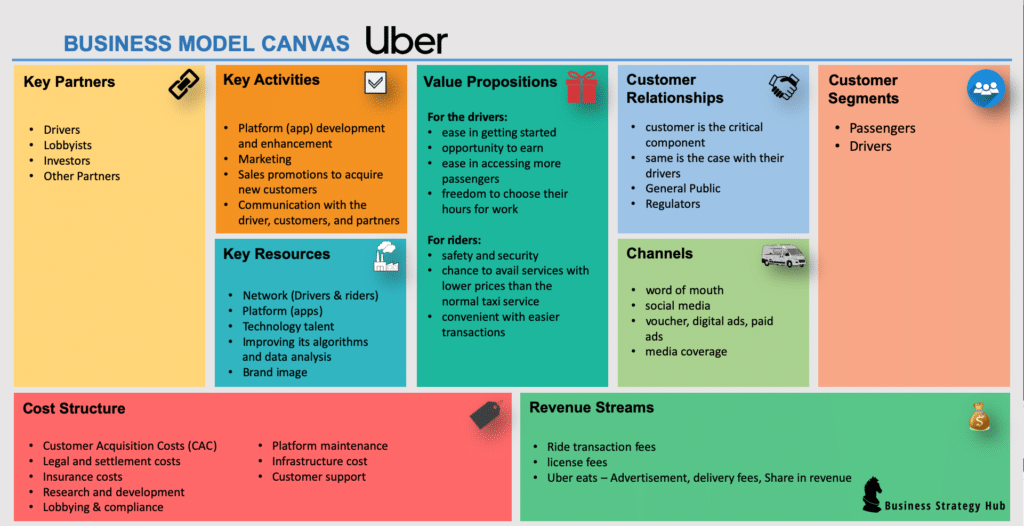

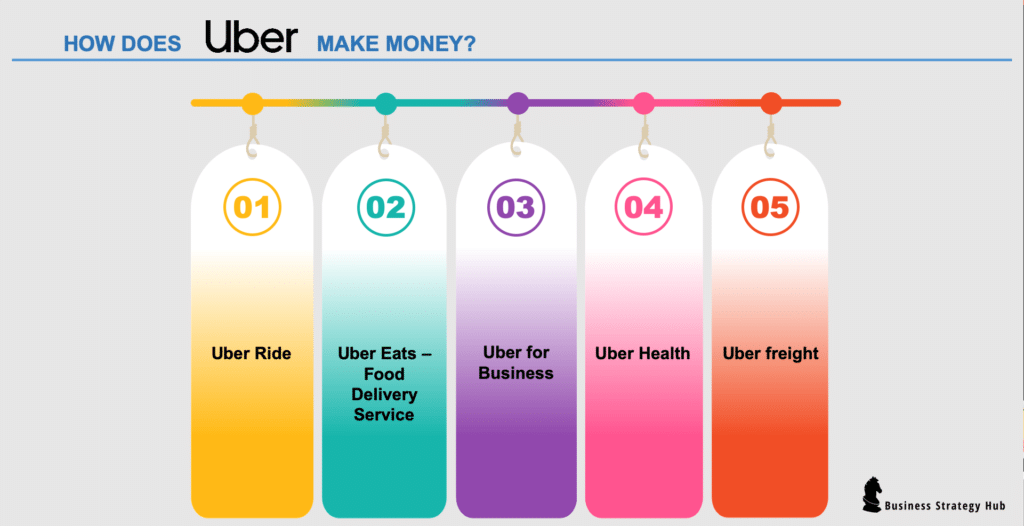



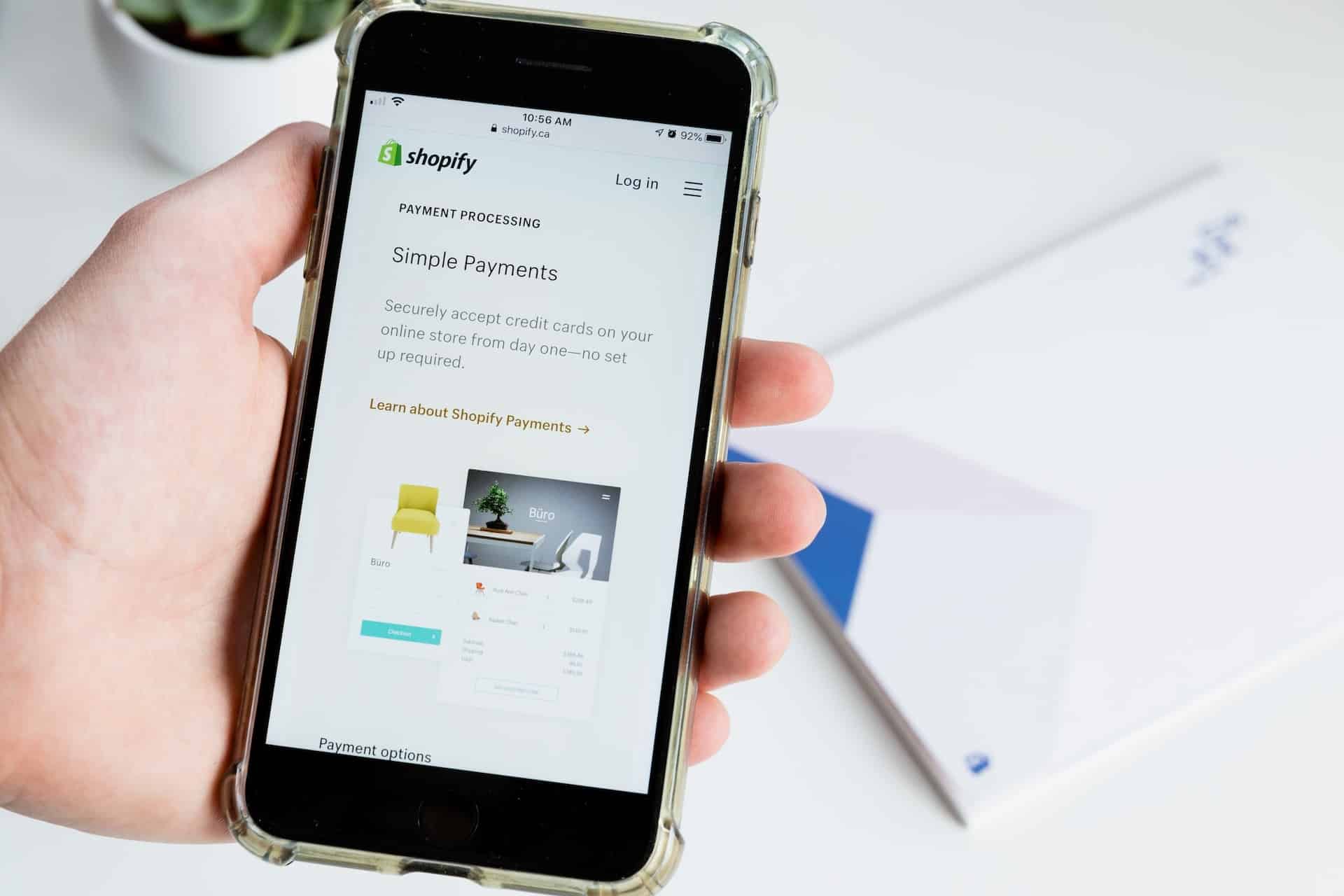

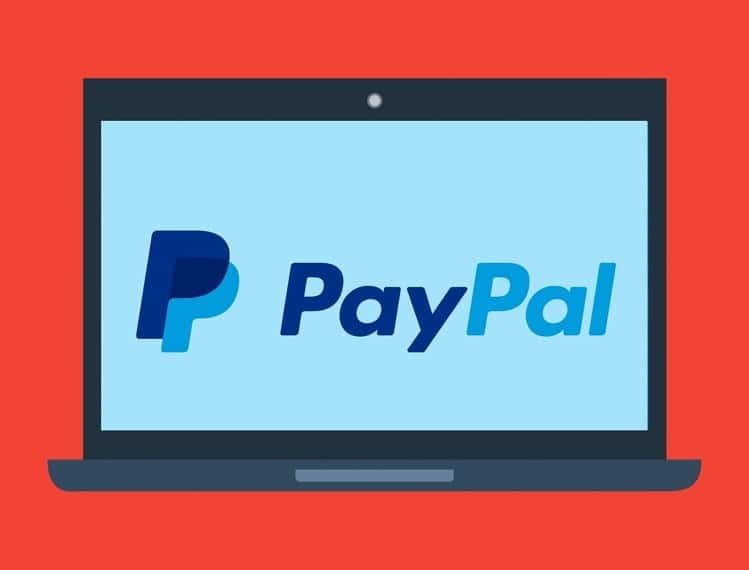
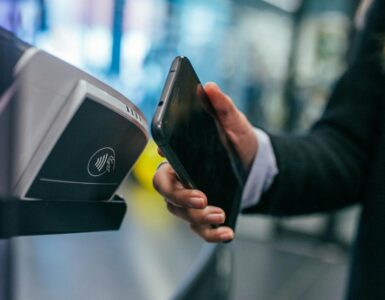
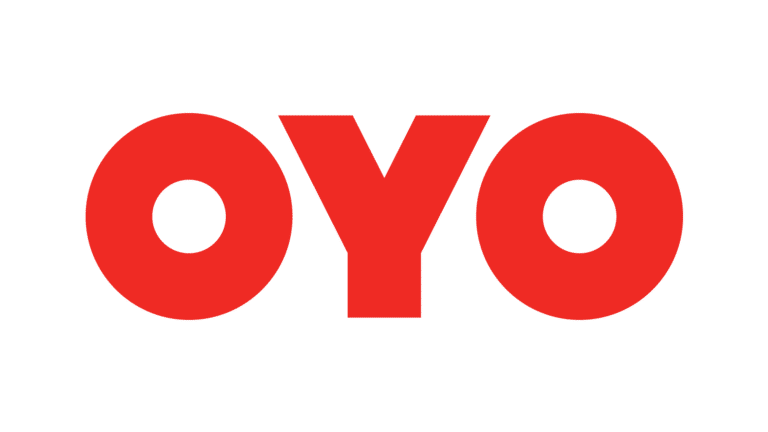
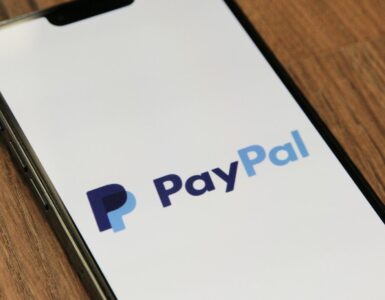

Add comment